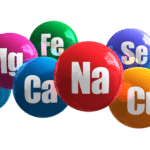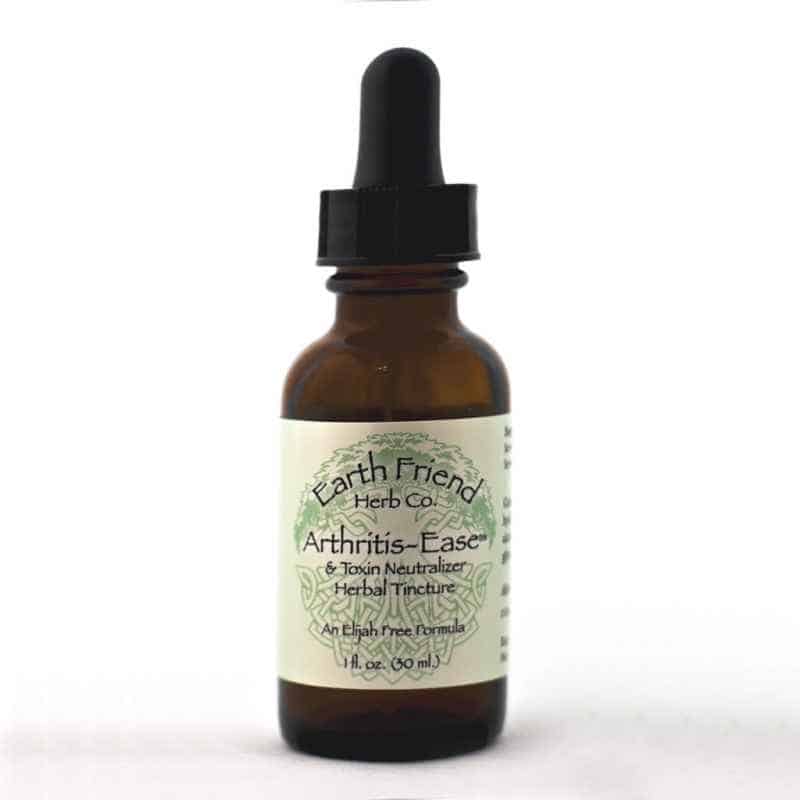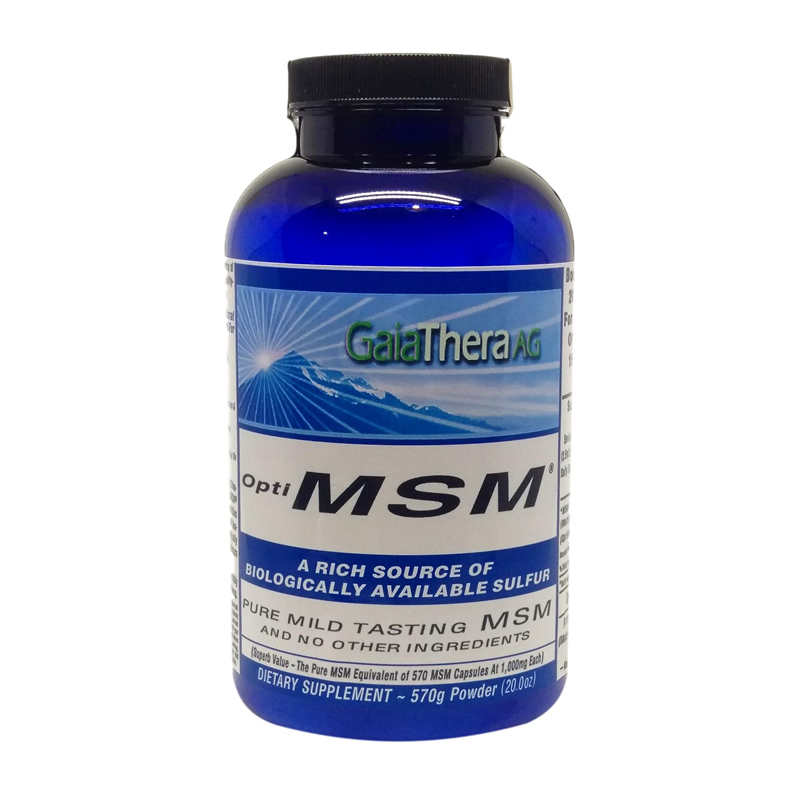No products in the cart.
Osteoarthritis and Arthritis
Summary
Osteoarthritis (also known as degenerative joint disease) is a form of arthritis (inflammation of a joint) caused by the degeneration of cartilage. To some degree, osteoarthritis can be reversed by diet changes, but any deformity that has been created will last forever, unless surgery can help to correct it. Pain relief may become necessary for functioning on a daily basis.
Prevention, Treatment and Pain Relief
Osteoarthritis (or degenerative joint disease), is one of the most common types of arthritis. Once believed to be due to wear and tear on joints, the medical community is now recognizing osteoarthritis to be an active disease caused by dysregulation of the normal degradation and repair processes of articular cartilage. Patients with osteoarthritis usually present with pain, swelling, and stiffness of joints that tends to worsen over time. The pain worsens after weight-bearing activities and improves with rest. Morning stiffness is common. On physical examination, patients often have tenderness on palpation, bony enlargement, crepitus on motion, and/or limitation of joint motion. Inflammation is usually mild and localized to the affected joint. The process that leads to these symptoms is not well understood. Once believed to be a disease of the cartilage surface, it is now known that osteoarthritis affects the entire joint causing loss of cartilage, damage to bone, formation of bone spurs, and inflammation of the soft-tissues.
Cartilage serves an important role in joint function. Its gel-like nature protects the joints, by acting as a shock absorber. Without the cartilage in the joint, bone literally rubs against bone leading to pain, deformity, inflammation, and limitation of motion in the joint. The onset of osteoarthritis can be subtle. Morning joint stiffness is often the first symptom. As the disease progresses, there is pain with use of the involved joint that is made worse by prolonged activity, and relieved by rest. There is usually local tenderness, soft tissue swelling, joint crepitus (cracking sounds), swelling, restricted mobility, and bony nodules.
X-ray findings show narrowing of the joint space (the area between the bones taken up by cartilage). The weight-bearing joints such as the knees, hips, and spine as well as the hands are the joints most often affected with the degenerative changes of osteoarthritis. These joints are under greater stress because of weight and use. Although osteoarthritis normally accompanies aging, osteoarthritic cartilage appears to differ in its chemical composition from “healthy” aged cartilage. Many experts now believe that osteoarthritis is a disorder caused by a genetic susceptibility combined with injury to the joint.
Primary and Secondary Osteoarthritis
Osteoarthritis is divided into two categories, primary and secondary. In primary osteoarthritis, the degenerative “wear-and-tear” process occurs after a person turns forty years of age. The cumulative effects of decades of use leads to the degenerative changes by stressing the collagen matrix of the cartilage. Stress on the cartilage results in the release of enzymes which destroy cartilage components. With aging, the ability to restore and manufacture normal cartilage structures decreases. So, what I am saying is that aging is the primary cause of osteoarthritis. But, just because you may be getting older doesn’t mean that you have to suffer from the pain of osteoarthritis. Secondary osteoarthritis is associated with some predisposing factor which is responsible for the degenerative changes. Predisposing factors in secondary osteoarthritis include: inherited abnormalities in joint structure or function; trauma (fractures along joint surfaces, surgery, etc.); presence of abnormal cartilage; and previous inflammatory disease of joint (rheumatoid arthritis, gout, etc.).
Contributing Factors
The hips and knees are joints most commonly affected by osteoarthritis. This is believed due to evolutionary factors. (As man evolved into an upright walker, the lower extremity joints failed to develop in a manner that would bear the additional weight/stress. Similarly, osteoarthritis in the fingers is likely attributable to the development of a pincer-like grip placing abnormal stress on the finger joints.) While evolutionary factors may be the primary cause of the condition, local biomechanics ultimately influence the site and severity of osteoarthritis. Throughout life, the cartilage undergoes a cycle of breakdown and repair. In osteoarthritis, the repair function is slowed or rendered ineffective. As a result, the joint lining wears thin.
Treatment Modalities
There is no known cure for osteoarthritis. Treatment designed for the individual patient can, however, reduce pain, maintain and/or improve joint mobility, and limit functional impairment. While some contributory factors cannot be modified (evolution, genetics), there are many ways in which the progression of osteoarthritis can be addressed. These include physical and psychosocial coping mechanisms, and use of medications.
Physical and psychosocial coping mechanisms
These include exercises for strengthening the joints, diet and other lifestyle factors, all of which are helpful in relieving the physical and emotional aspects of osteoarthritis. Patients should be encouraged to participate in self-management programs since individuals who participate in these programs report decreases in joint pain and frequency of arthritis-related physician visits, increases in physical activity, and overall improvement in quality of life.
Medications
Analgesics and Anti-inflammatories
NSAIDs
Nonsteroidal anti-inflammatory drugs (NSAIDs) are a group of drugs commonly used to treat osteoarthritis because of their analgesic, anti-inflammatory, and antipyretic properties. NSAIDs inhibit the enzymes Cox-1 and Cox-2 (cyclooxygenase), which catalyze arachidonic acid to prostaglandins and leukotrienes. Arachidonic acid is released from membrane phospholipids as a response to inflammatory stimuli. The efficacy of NSAIDs differs from patient to patient. This is likely due to the pharmacokinetic differences among the various NSAIDs.
Through their inhibition of Cox-1 enzyme, NSAIDs can cause stomach irritation, bleeding, fluid retention, and decreased kidney function. Since NSAIDs bind to plasma proteins they may be displaced by or may displace other plasma-bound drugs such as coumadin, methotrexate, digoxin, cyclosporine, oral antidiabetic agents, and sulfa drugs. This interaction can enhance the therapeutic or toxic effects of either drug.
NSAIDs (particularly indomethacin) can interfere with the pharmacologic control of hypertension and cardiac failure in patients who take beta-adrenergic antagonists, angiotensin-converting enzyme inhibitors, or diuretics. The long-term use of NSAIDs may have a damaging effect on chondrocyte function. Adverse effects of NSAIDs (which can occur at any time), include renal failure, hepatic dysfunction, bleeding, and gastric ulceration.
COX-2 Inhibitors
A relatively new sub-class of NSAID, known as COX-2 inhibitors, work by blocking cyclooxygenase 2 enzyme which is involved in the inflammation pathway. By sparing cyclooxygenase 1 (COX-1) enzyme, gastrointestinal toxicity is purportedly reduced. Due to their proclaimed reduction of gastrointestinal side effects, COX-2 inhibitors have claimed a large share of the osteoarthritis medications market.
Unfortunately, recent studies have indicated that COX-2 inhibitors can increase the risk of cardiovascular problems including angina, myocardial and cerebral infarction, thrombosis and sudden death, to four times that of traditional NSAIDs. A review of more than 48,000 patients taking rofecoxib revealed that 0.52% of patients taking an inactive placebo pill had a heart attack each year. The annual rate of heart attack was 0.74% for patients taking rofecoxib. One theory for this holds that Cox-1 enzyme plays a role in preventing the clot formation that leads to cardiovascular problems.
The assertion that COX-2 inhibitors (rofecoxib, celecoxib) do not induce hemorrhage in the upper gastrointestinal tract, is also under dispute. While studies confirm that COX-2 inhibitors cause fewer gastrointestinal events than traditional NSAIDs in the short-term, it is not yet known what the long-term effects of these drugs will have on the gastric mucosa.
Important News Release September 2004
Vioxx, the COX-2 inhibitor made by Merck, has been pulled from the market because of severe lethal side effects due to heart attack and stroke.
Acetaminophen
Acetaminophen is often prescribed to relieve mild to moderate arthritis pain. The drug possesses analgesic and antipyretic properties, but is not an anti-inflammatory. For this reason, it may usually be safely combined with an anti-inflammatory medication to relieve pain. Overdosing can cause liver damage that may be severe enough to cause liver failure and death. This damage occurs in a dose-related manner and is the leading cause of rapid onset liver failure in the US, Canada and the UK.
Long term use can result in kidney disease.
For the average healthy adult, the recommended maximum dose of acetaminophen over a 24-hour period is four grams (4000 mg) or eight extra-strength pills. (Each extra-strength pill contains 500 mg and each regular strength pill contains 325 mg.) A patient who drinks more than two alcoholic beverages per day, however, should not take more than two grams of acetaminophen over 24 hours. For children, the dose is based on weight and age.
A single dose of 7 to 10 grams of acetaminophen (14 to 20 extra-strength tablets) can cause liver injury in the average healthy adult. (This amount is about twice the recommended maximum dose for a 24-hour period.) In children, a single dose of 140 mg/kg body weight of acetaminophen can result in liver injury. However, amounts of acetaminophen as low as 3 to 4 grams in a single dose or 4 to 6 grams over 24 hours, have been reported to cause severe liver injury, sometimes resulting in death. Certain individuals, for example, those who regularly drink alcohol or those with hepatitis C, are more prone than others to developing acetaminophen-induced liver damage.
Cortisone
Cortisone may be injected directly into the joint to relieve severe inflammation and swelling. A cortisone injection can provide almost immediate relief for a tender, swollen or inflamed joint. However, since corticosteroids can degrade cartilage and demineralize the bone, they should only be used rarely. Chronic use of corticosteroids may result in weight gain, hypertension, susceptibility to infection, capillary fragility, acne, excess hair growth, cataracts, glaucoma, diabetes, muscular atrophy, accelerated atherosclerosis, menstrual irregularities, irritability, insomnia and psychosis. Since steroids appear to cause premature death of osteoblasts and slow their replacement; osteoporosis and bone damage are of particular concern. Long-term use may also affect brain cells, causing memory loss. Certain side effects such as hypoglycemia, edema and hypertension can be minimized by treatment.
Glucosamine and Chondroitin
Glucosamine and chondroitin are two popular supplements for arthritis and are often available in combination form. While many studies have indicated that these supplements can bring relief to arthritis sufferers, more research is required to determine the precise mechanism that accounts for pain reduction. The ongoing consumer demand for glucosamine and chondroitin suggests very strongly that many people are deriving measurable benefit from their use.
While glucosamine is produced naturally in the body, its production diminishes with age. Proponents of glucosamine suggest that replacing this glucosamine allows the joint cartilage to repair itself via the following mechanisms:
- contribution to the construction of proteoglycans and glycosaminoglycans
- stimulation of chondrocytes
- regulation of cartilage metabolism.







